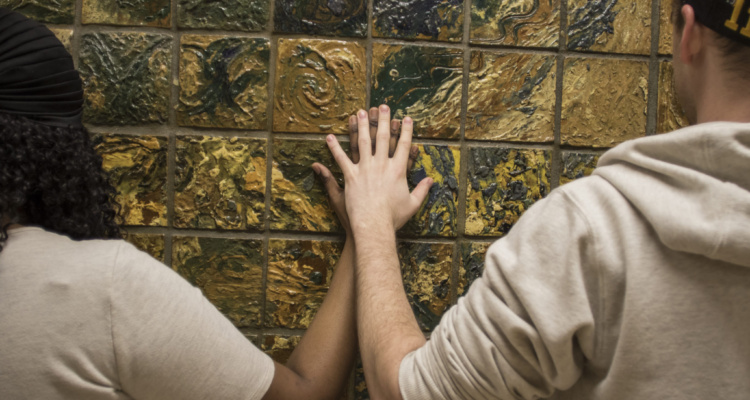‘We’re the geeks, the prostitutes’: Asian American actors on Hollywood’s barriersPosted in Articles, Arts, Asian Diaspora, Communications/Media Studies, Media Archive, United States on 2017-04-13 21:29Z by Steven |
‘We’re the geeks, the prostitutes’: Asian American actors on Hollywood’s barriers
The Guardian
2017-04-11
 Clockwise from top left: Scarlett Johansson in Ghost in the Shell; Pun Bandhu; Matt Damon in Great Wall; Atsuko Okatsuka. Composite: Alamy / Universal Pictures / Courtesy of Pun Bandhu / Courtesy of Atsuko Okatsuka |
Films like Ghost in the Shell have fueled debate over whitewashing, while roles are few for Asian Americans – and when they are wanted, it’s often to play offensive stereotypes
Pun Bandhu’s training at the prestigious Yale School of Drama didn’t help much with the skill he needed for so many auditions after graduation – the “Asian accent”.
The Thai American actor – who has appeared in a wide range of TV shows and films over the last 15 years – said he was once told that an accent he used for a Thai character, modeled after his parents, was not working for an “American ear”. Instead, the director went with a Chinese accent.
While much of the recent debate around Asian representation in Hollywood has centered on whitewashing – when white actors are cast to tell Asian stories – working actors said a lack of opportunity was only one part of the problem. Asian American actors said they rarely, if ever, got auditions for leading roles, and when they did get parts, they were frequently secondary to the plot or portrayed offensive tropes…
…“We’re so desperate for opportunities,” said Kanoa Goo, a mixed-race actor who is Chinese, Hawaiian and white. “Often it’s pretty one-dimensional. It’s the tech computer analyst who doesn’t have much to say. His role is really just in service of the leads.”…
Read the entire article here.





